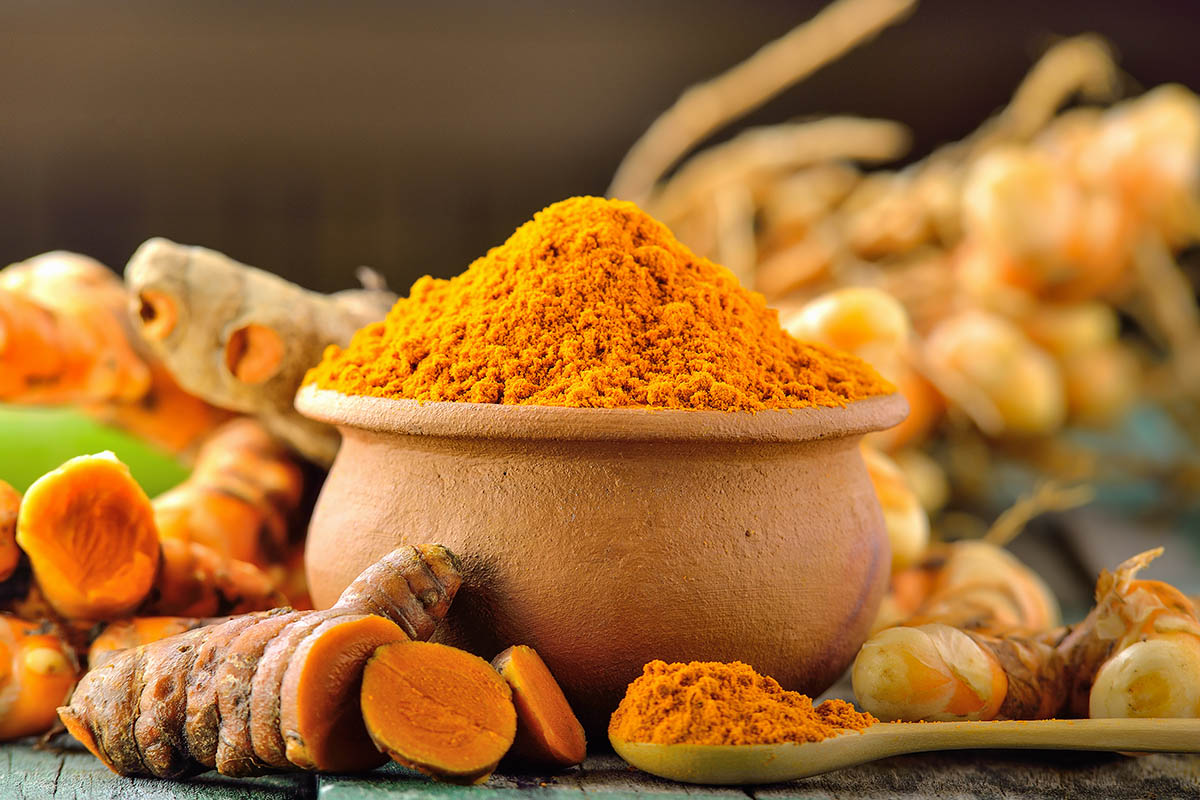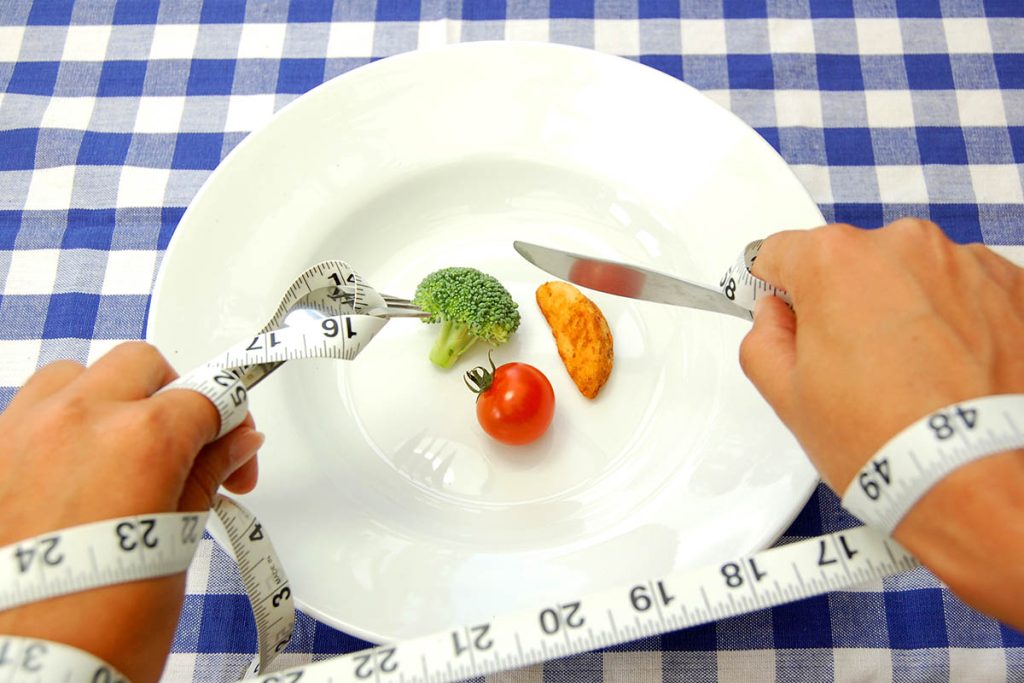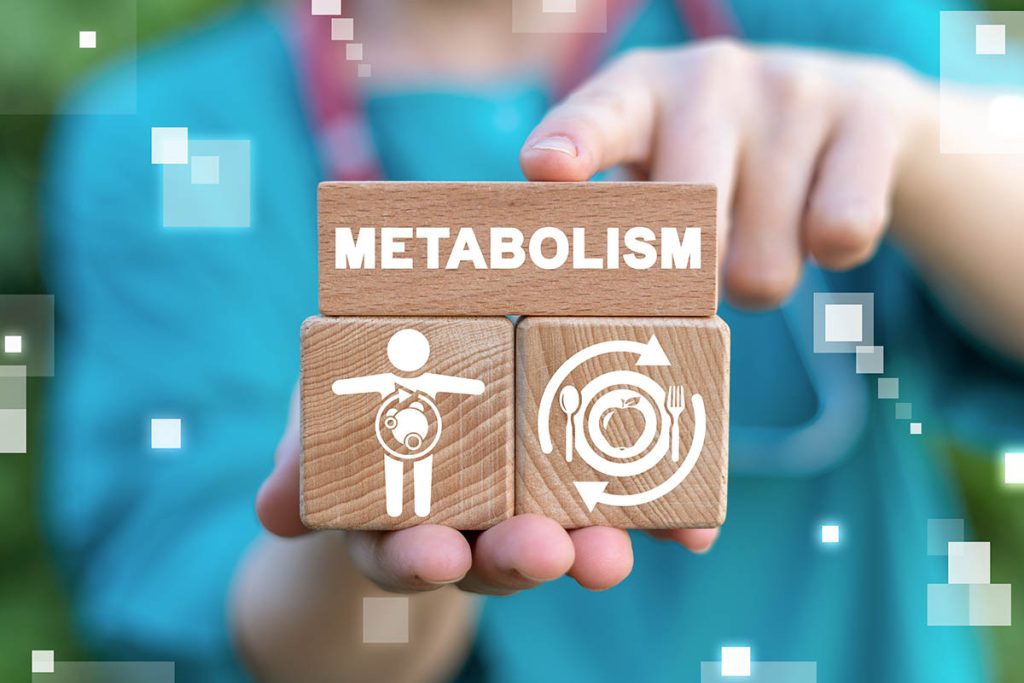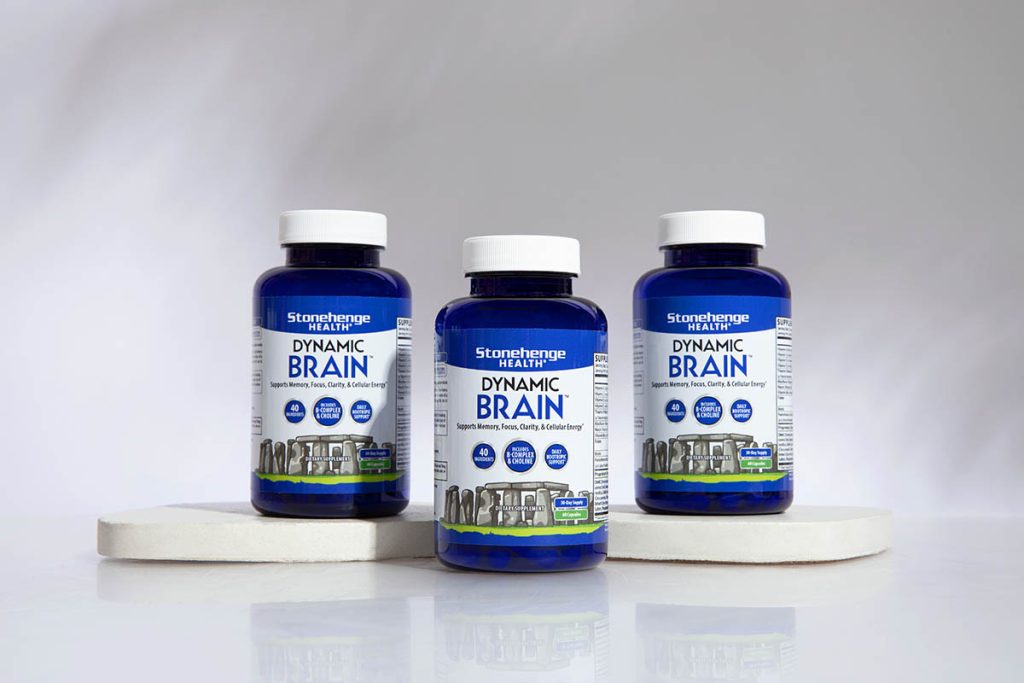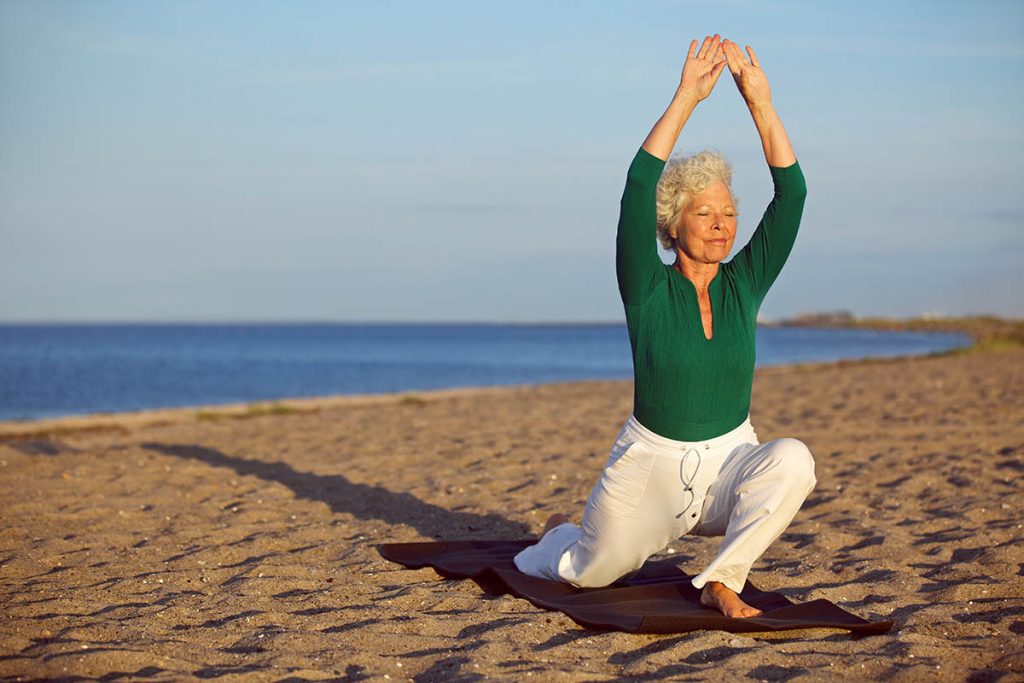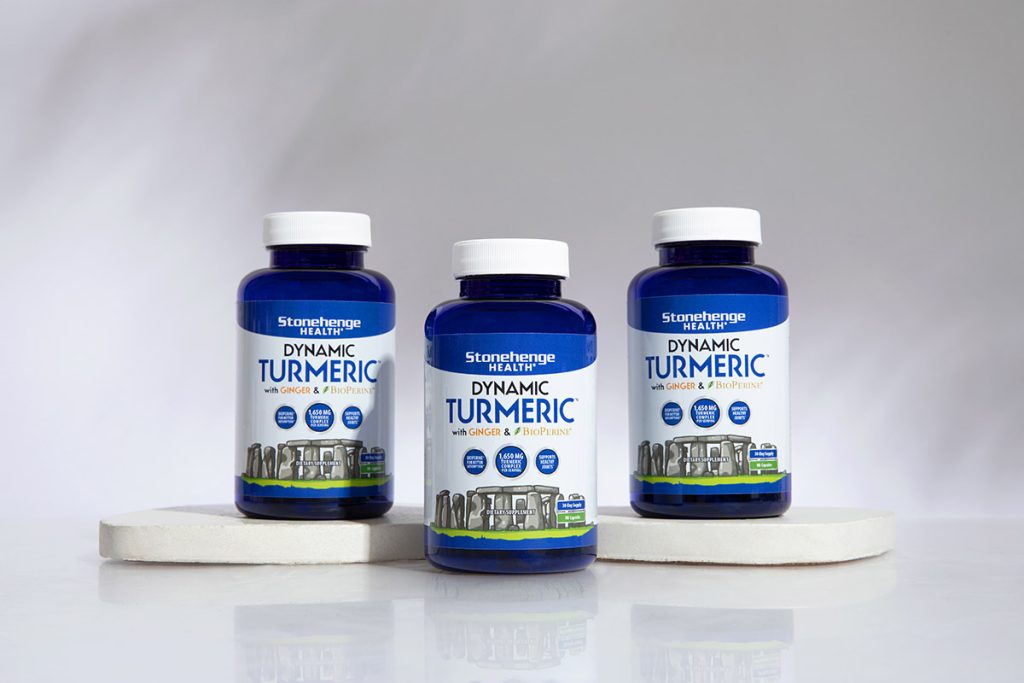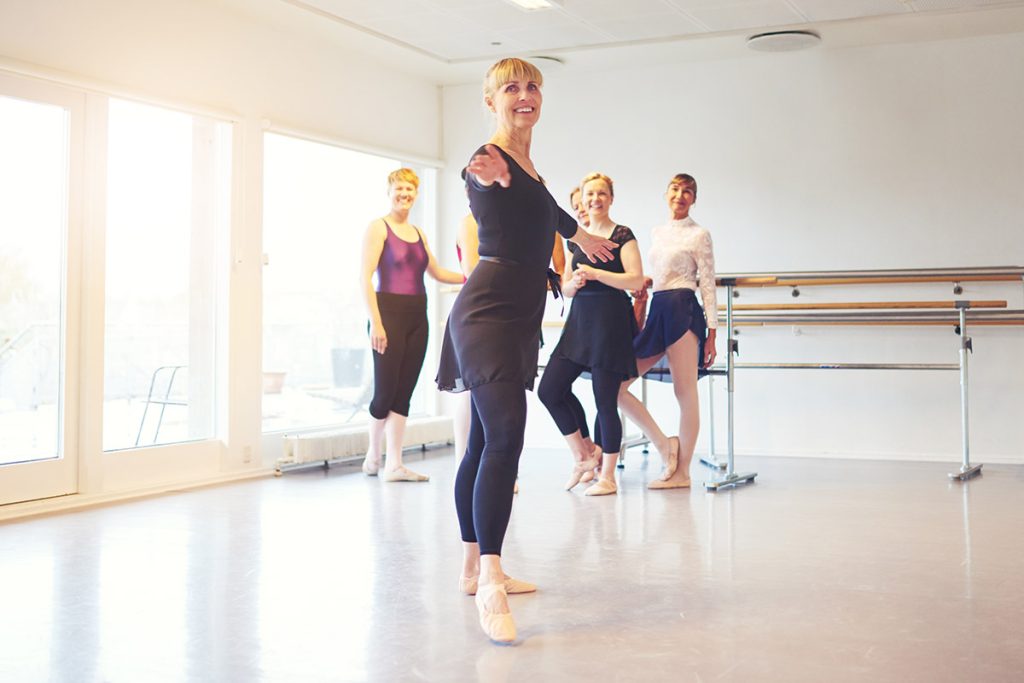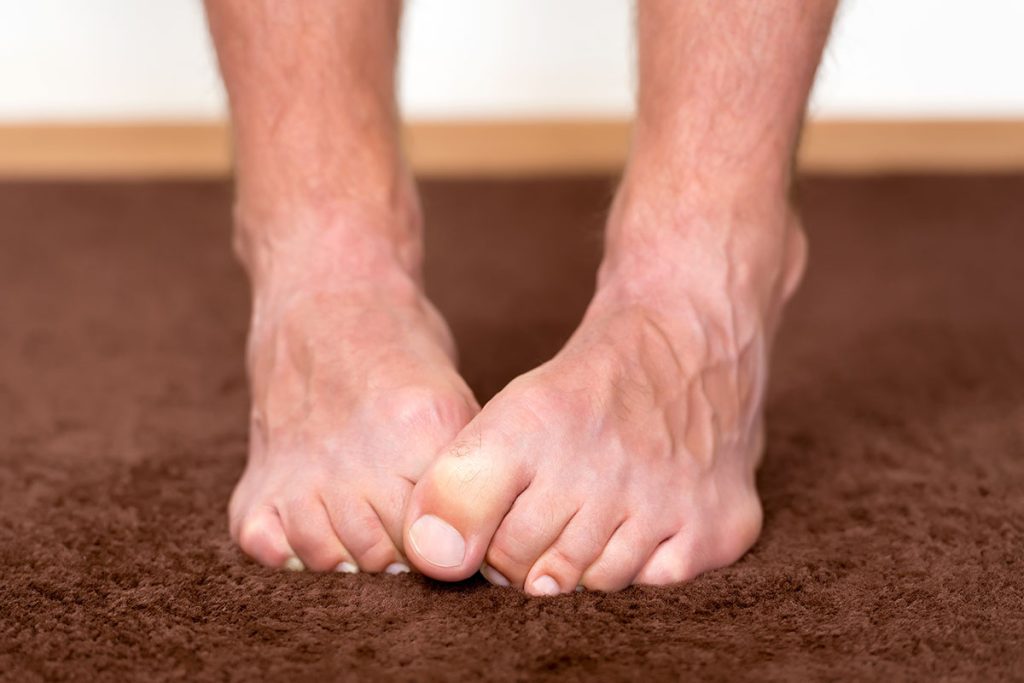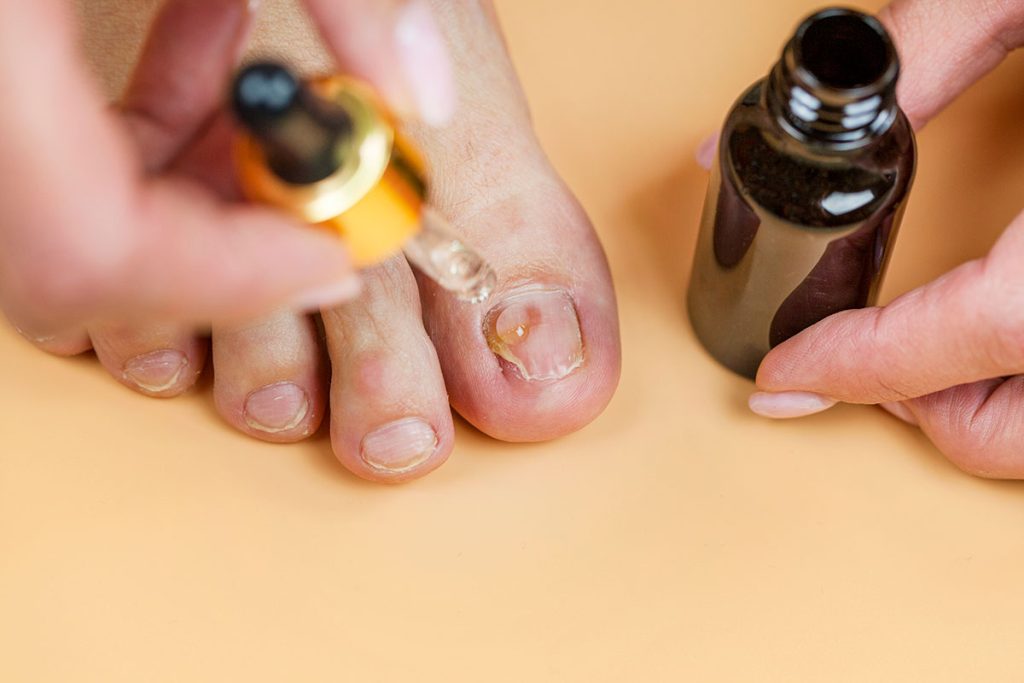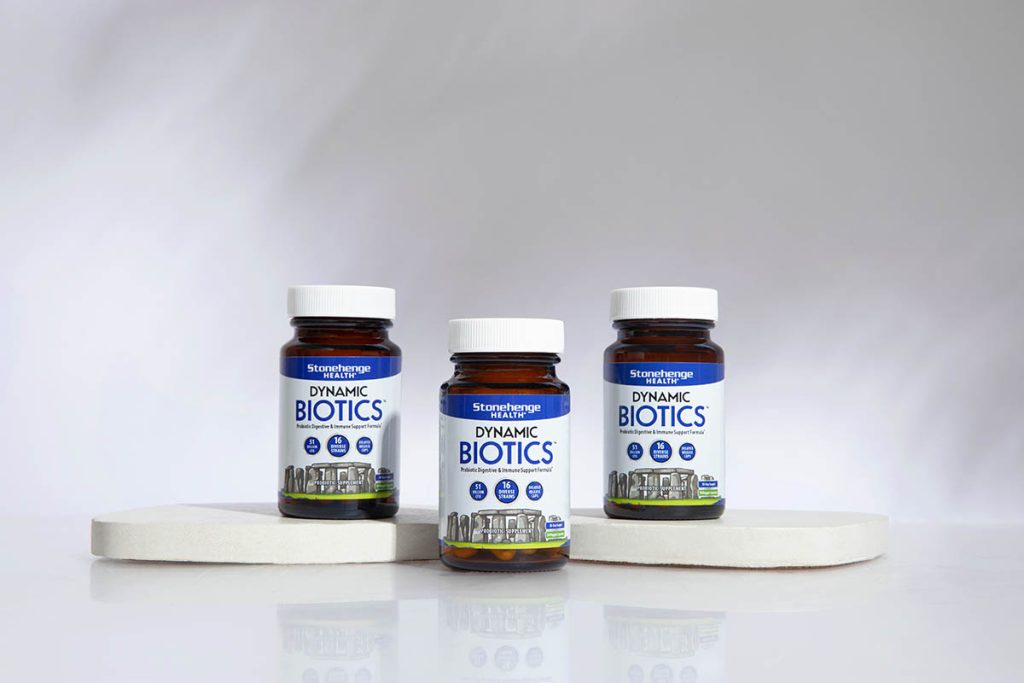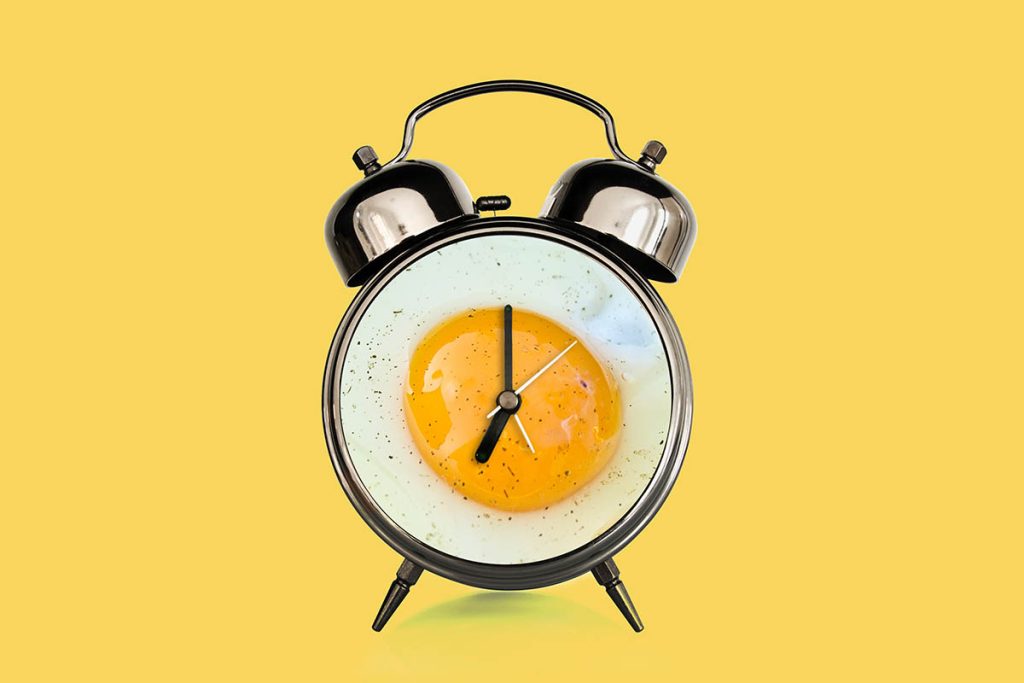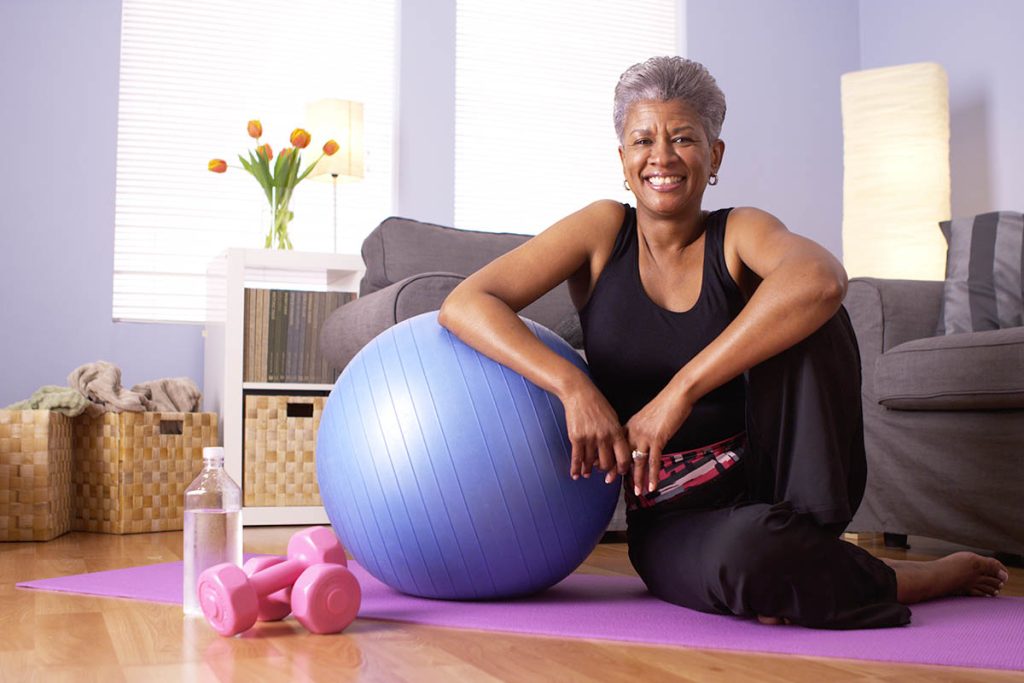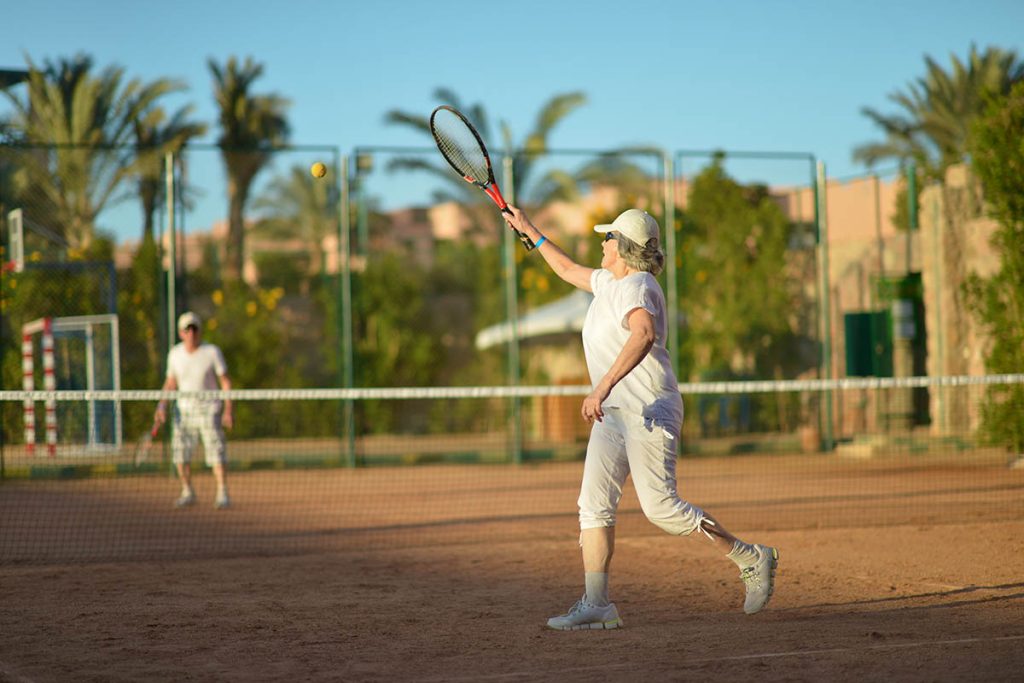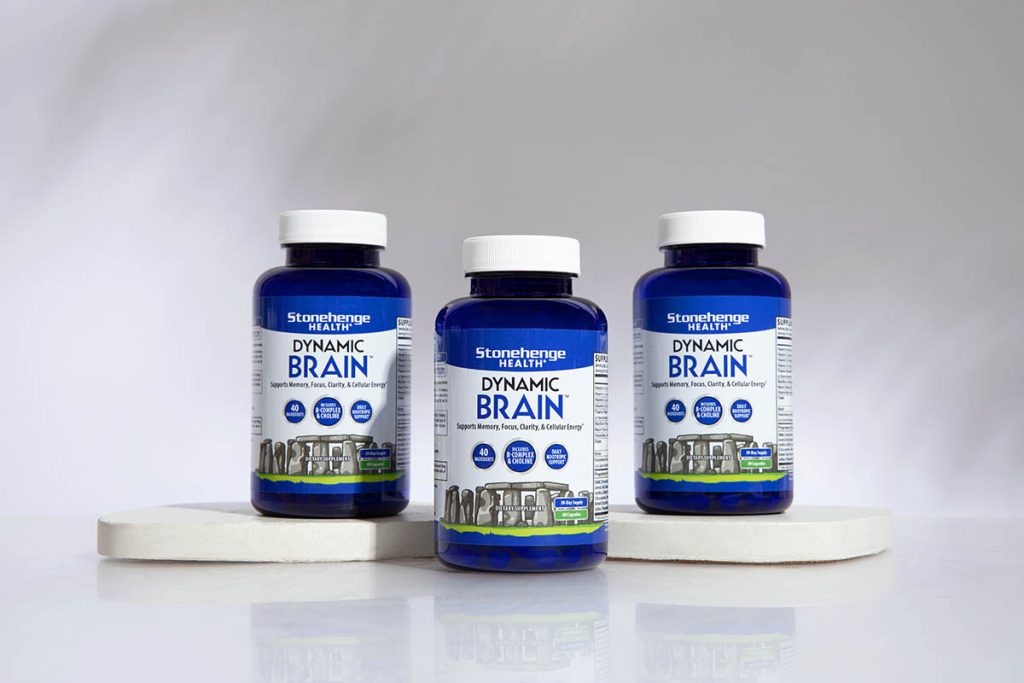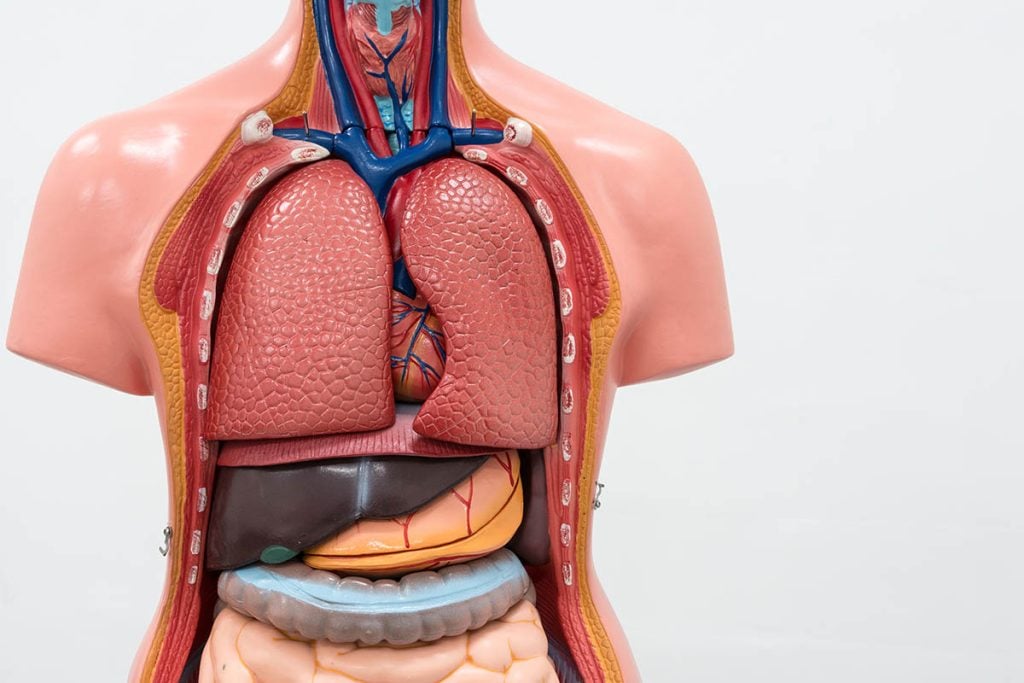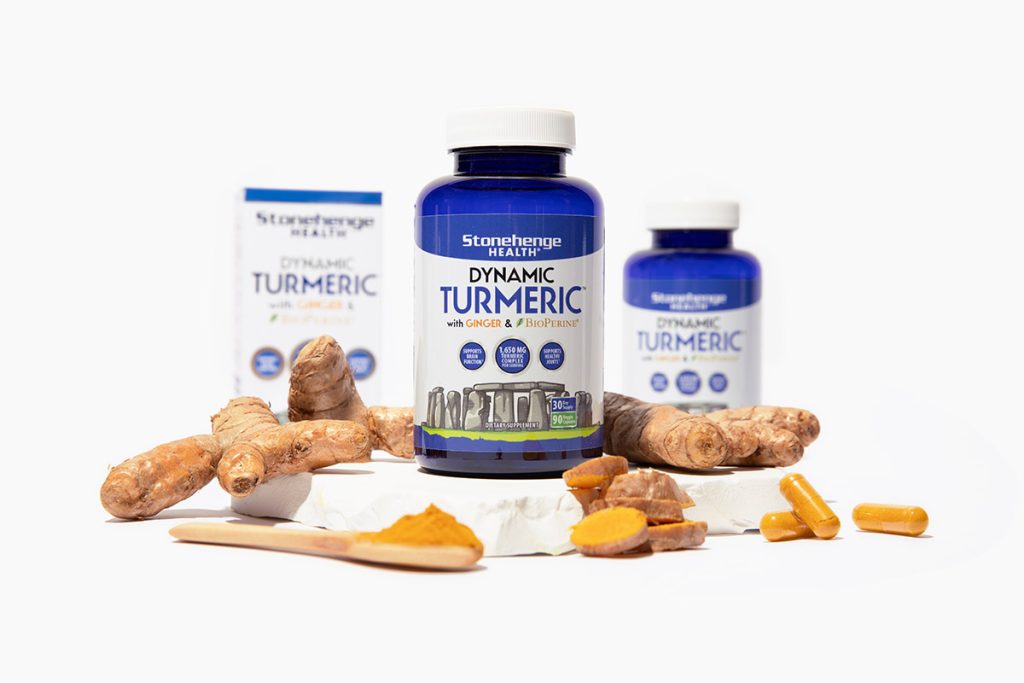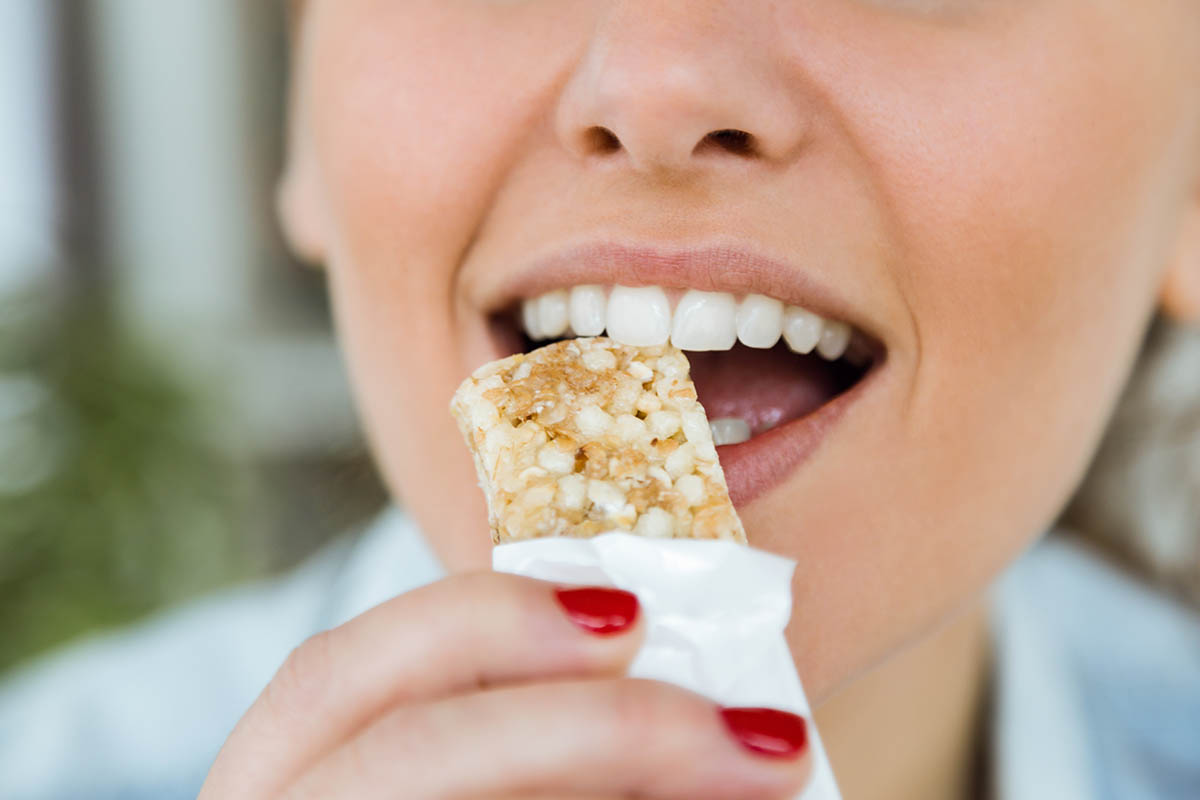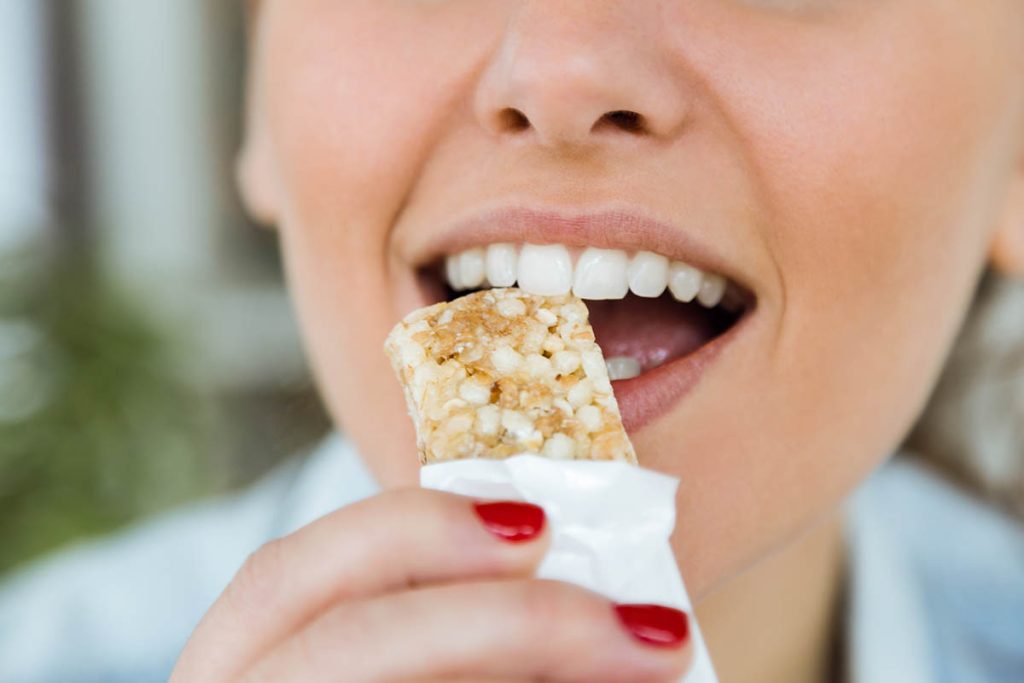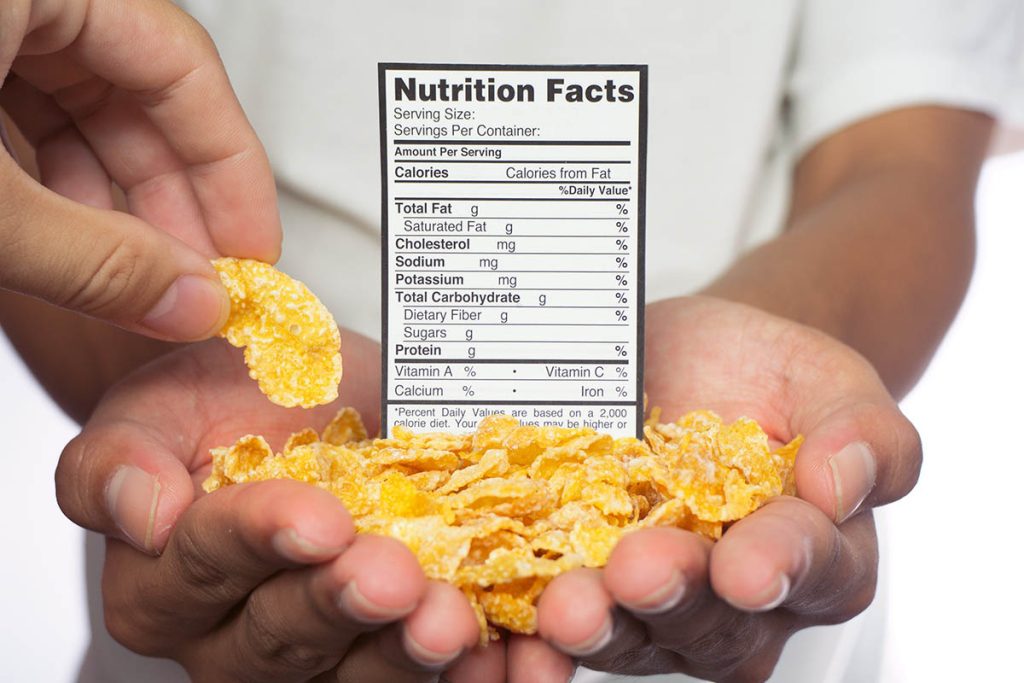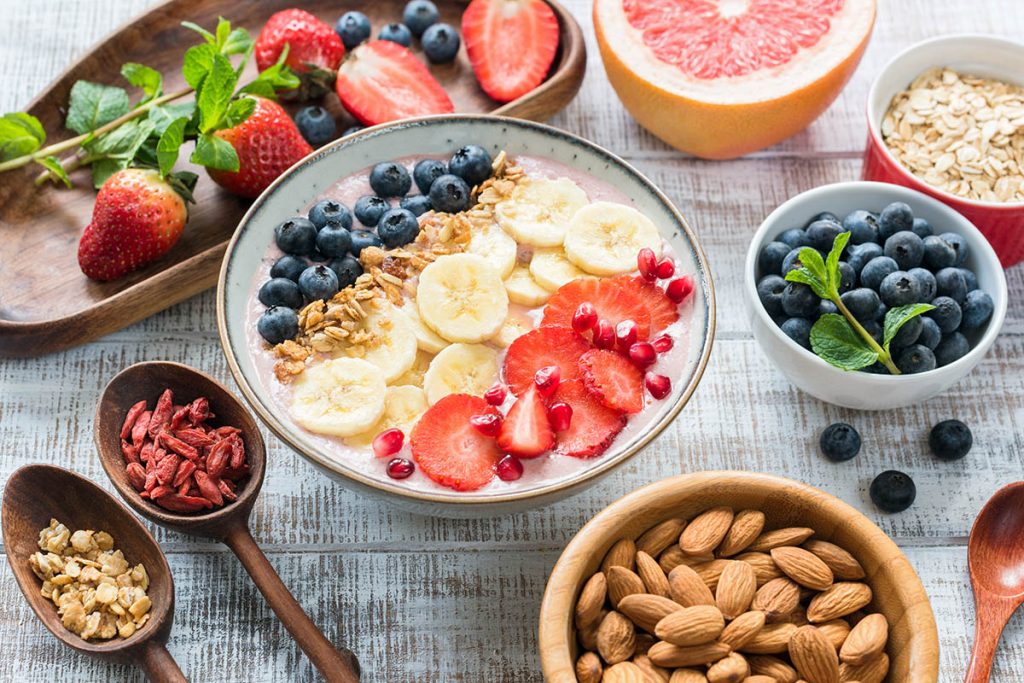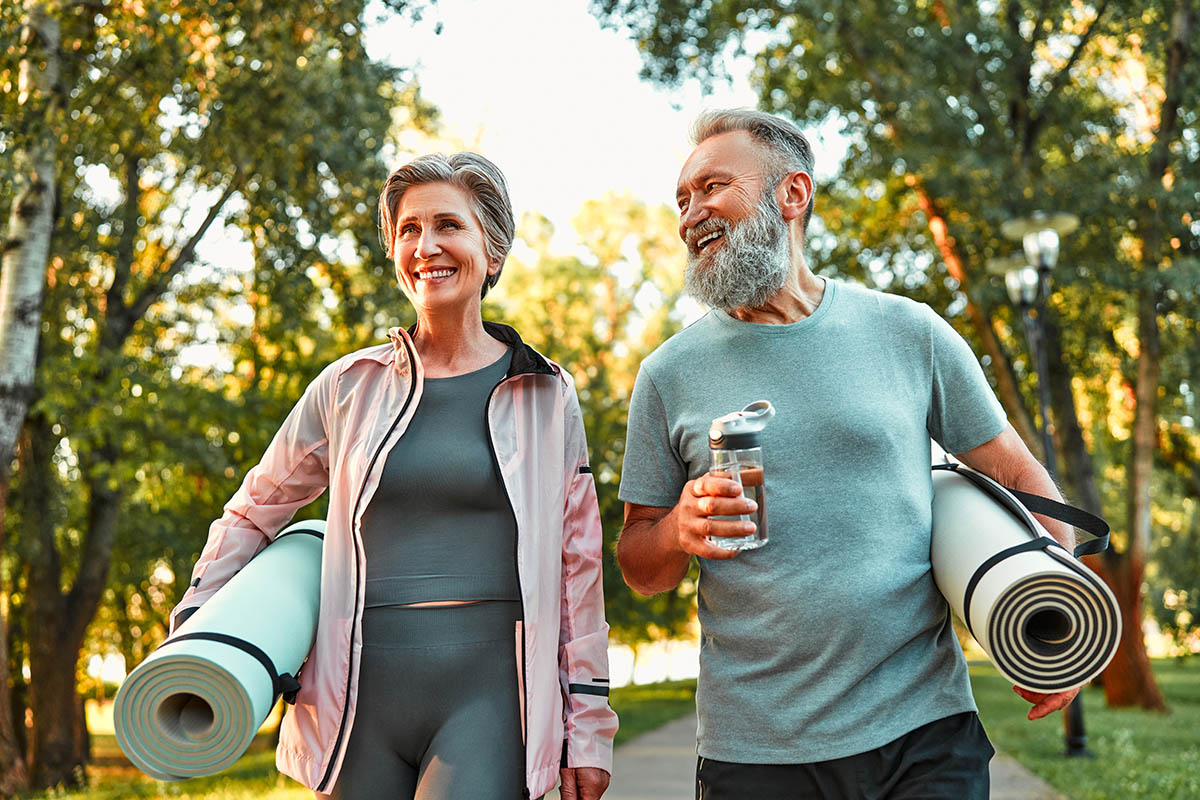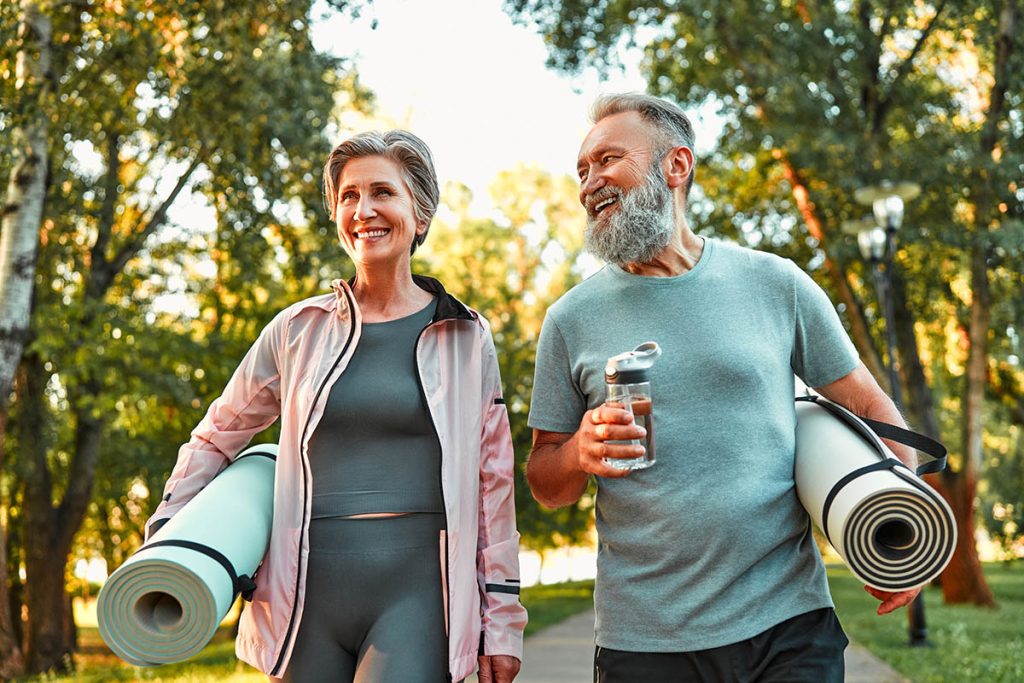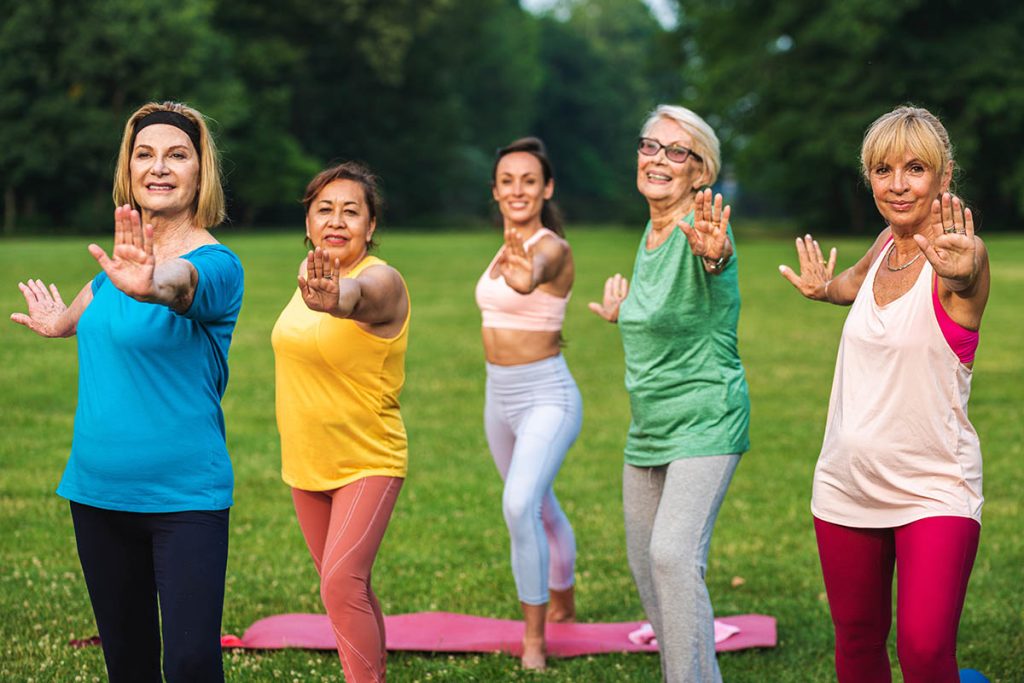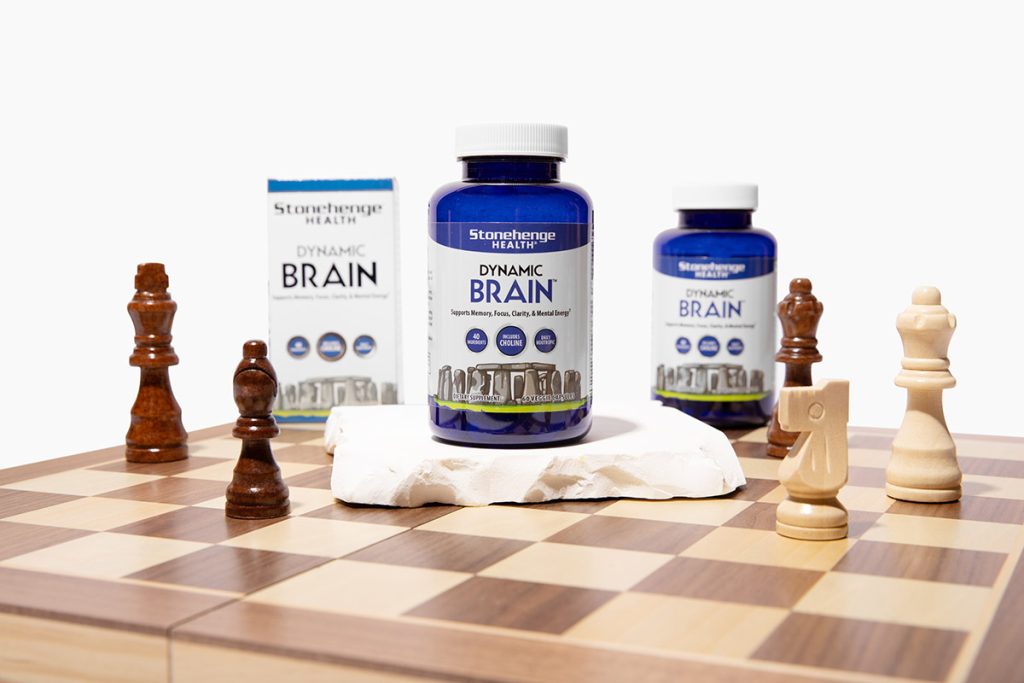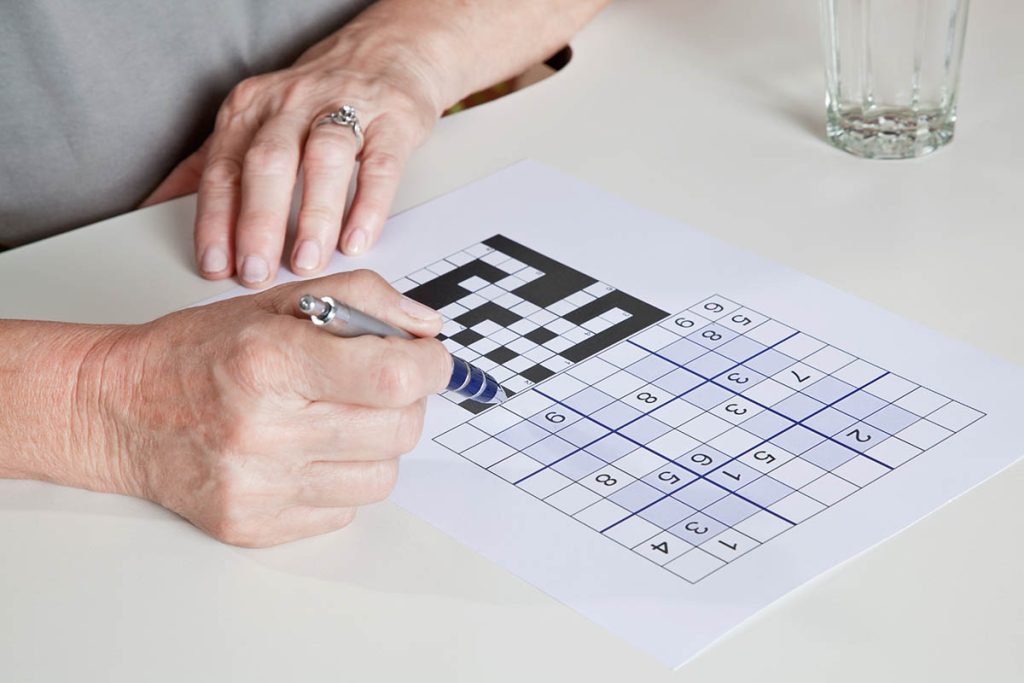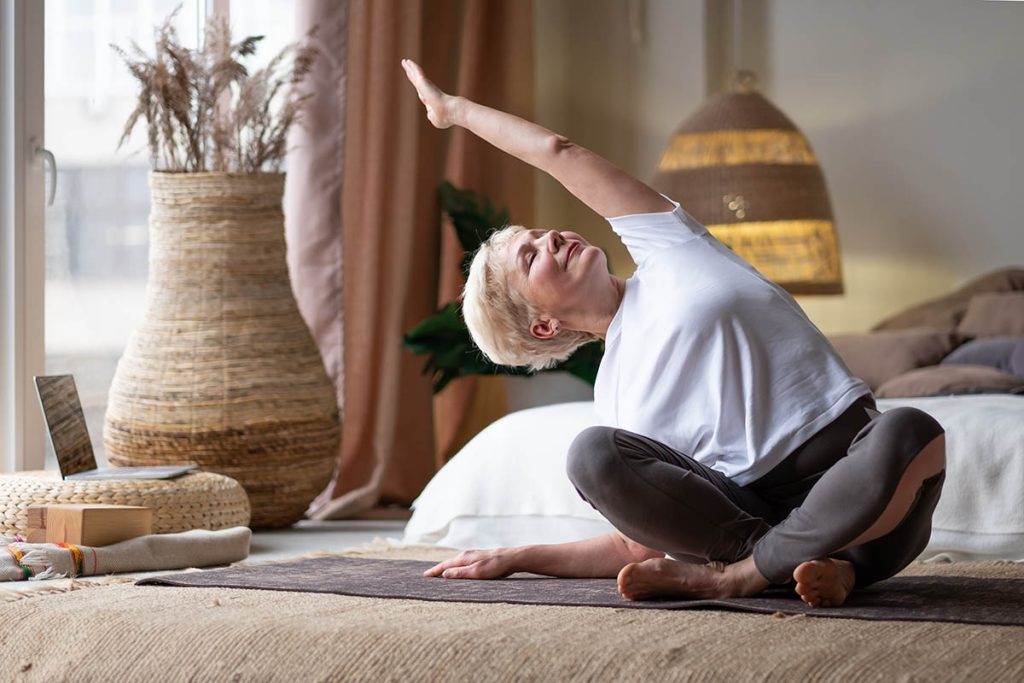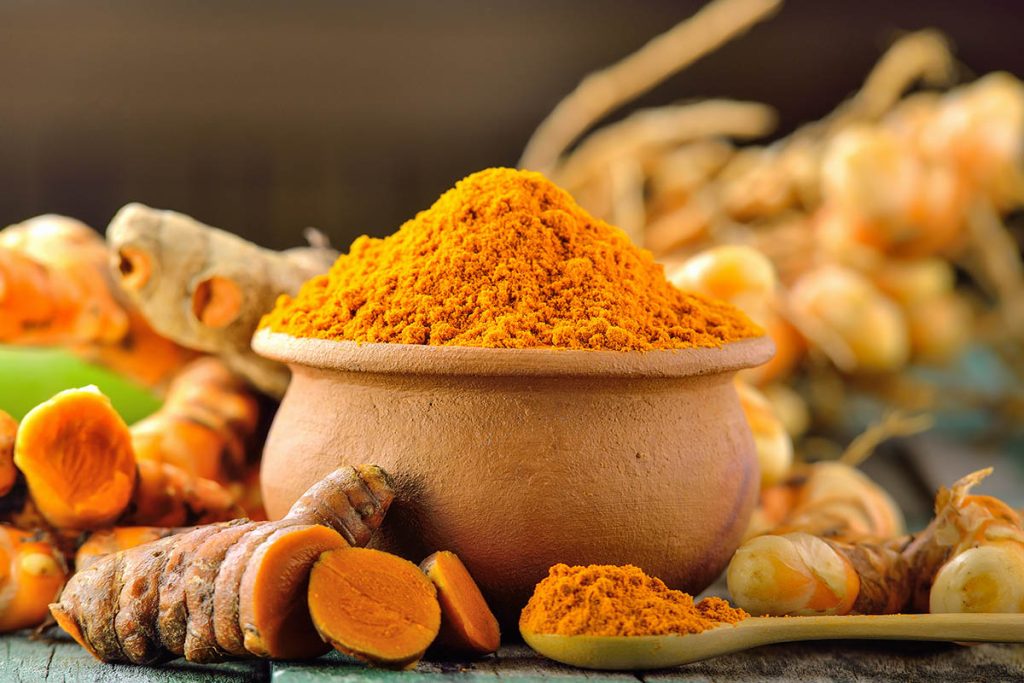
Isn’t it nice when a healthy habit comes easily to you?
Eating delicious food, of course, is something we can all get behind.
So, how do you combine a healthy habit and tasty food?
If you incorporate Turmeric into your life, you can not only add flavor to your dishes, but you can also enjoy various physical and mental health benefits.
Turmeric is a bright yellow spice derived from the root of the Curcuma longa plant, widely used in cooking, particularly in Asian and Middle Eastern cuisines. However, its significance extends beyond culinary uses, and it has been used for centuries in traditional medicine for its numerous health benefits.
6 Health Benefits of Turmeric
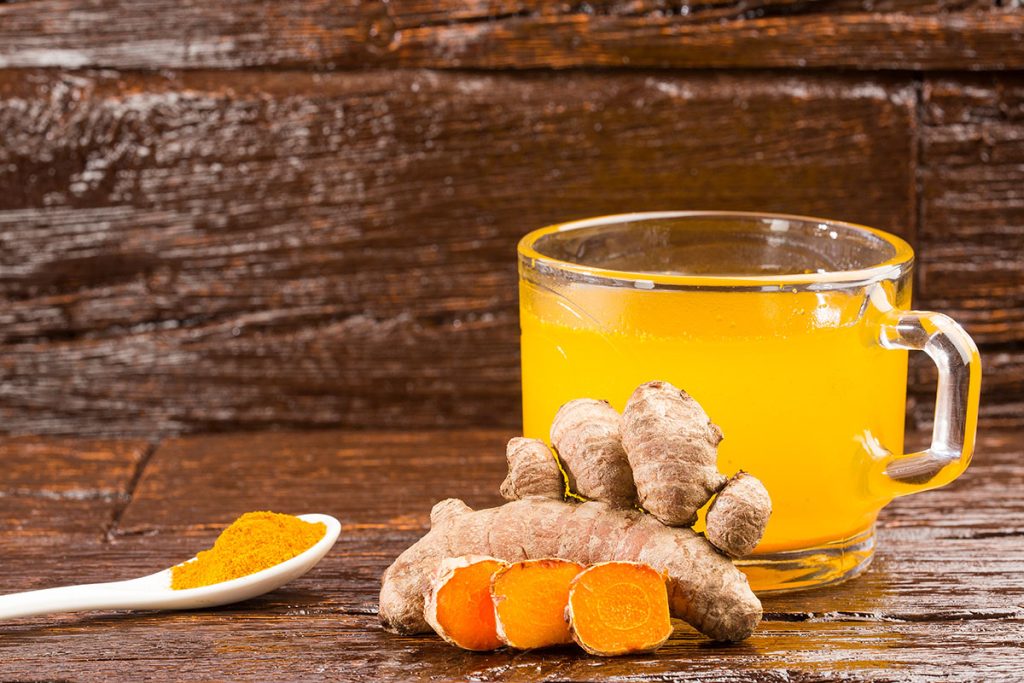
There are so many benefits that Turmeric can bring you that adding it to your daily routine is a no-brainer.
Let’s take a quick look at six key ways Turmeric can support your quest for optimal health.
1. Joint Health

Turmeric, packed with bioactive curcuminoids, is renowned for its antioxidant benefits. Daily oxidative stress can wear out your joints. Antioxidants combat oxidative stress and support your vitality.
Curcuminoids are the active compounds found in Turmeric, and they have the ability to support your joint and muscle health and contribute to overall well-being.
Many studies1 have shown that Turmeric curcumin can alleviate pain in the lower back, knees, hands, and wrists.*
2. Brain Health

Curcumin, the active ingredient in Turmeric, can increase levels of brain-derived neurotrophic factor (BDNF),2 which can help support age-related decreases in brain function.* BDNF assists in encouraging neurons to create new connections and growth, which helps support cognitive abilities, mood, and mental well-being.
3. Heart Health

Curcumin in Turmeric has also been shown to have beneficial effects on heart health.* Research suggests that curcumin may help improve the function of the endothelium, which is the lining of the blood vessels.3
4. Digestive Health

Turmeric can help support digestive health by stimulating bile production.4 Bile helps your body break down your food faster, which can aid in reducing bloating and gas.
5. Immunity Booster

Curcumin has been shown to modulate the activation of different types of lymphocytes5 (such as T-cells and B-cells), which are all vital components of the immune system.
For reference:
• T-Cells: A type of lymphocyte that plays a central role in cell-mediated immunity to kill infected or cancerous cells.
• B-Cells: Another type of lymphocyte, B cells are responsible for producing antibodies that are used by the immune system to neutralize pathogens like viruses and bacteria.
In other words, a Turmeric curcumin supplement can help in creating an army of defense cells that aid in your immune response.*
6. Antioxidant Capacity

Turmeric acts as a powerful antioxidant, neutralizing free radicals that can damage cellular structures and DNA.* 6
Note: Too many free radicals in your body can create oxidative stress, damaging important parts of your body like fats, proteins, and even DNA.
Turmeric can also stimulate your body’s antioxidant mechanisms to help balance the amount of free radicals you have floating around inside you to safe levels.*
So, how do you get Turmeric into your life?

There are two easy ways to get more Turmeric into your body, —you can cook with it or take supplements.
Enjoy Turmeric in Food

Turmeric is not only great for you, but it has a unique taste that many people like.
Turmeric offers a warm, bitter, and slightly peppery taste with earthy undertones. This complexity adds depth to dishes, enhancing the overall flavor profile without overwhelming other ingredients.
Check out a few recipes you can use to incorporate Turmeric into your diet:
• You Won’t Miss the Bun – 3 Delicious Lettuce Wrap Recipes
• Yummy Inflammation Fighting Turmeric Smoothie
• Healthy Mac & Cheese Recipes
The flavor is not for everyone, and with cooking, your results may be mixed. Curcumin constitutes a tiny portion of the average Turmeric powders commonly utilized in cooking.
If you’re not a huge fan of Turmeric’s flavor, it may not be practical to incorporate it into every meal. Eating it alone makes it improbable that you’ll get enough curcumin to reap its potential health advantages fully.
Take Turmeric Supplements
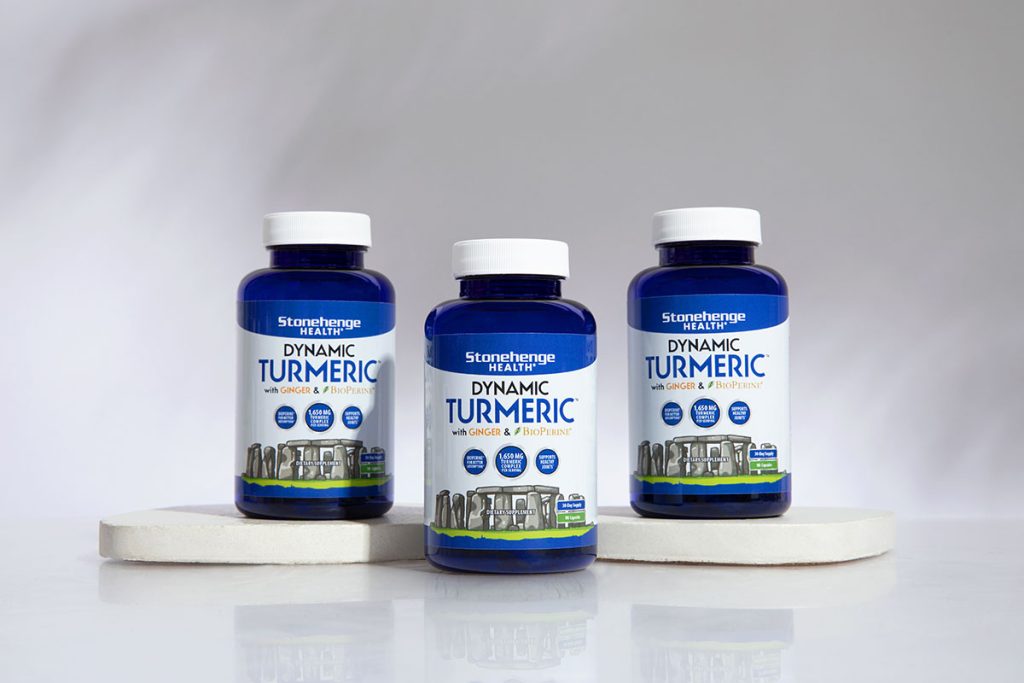
If you’re looking for the ideal dose of Turmeric and the easiest way to ensure you’re getting enough without adding it to your daily meals…
Supplementation is a convenient way to hit your target—right down to the milligram.
Dynamic Turmeric is an ideal choice if you want to maximize the beneficial values Turmeric can have in your life.
Never worry about measuring the proper dosage or fear an unpleasant taste. Through extensive research and testing, we’ve created a balanced formula that adds easy absorption and digestive comfort to our Turmeric supplement.* Plus, we don’t use fillers, binders, or synthetic ingredients of any kind.
If you want to harness the powerful antioxidant, detoxifier, and mood-boosting power, Dynamic Turmeric is an easy choice to include in your daily routine.*
Are you ready to support your immune system, brain, digestive, and joint health?
See why Dynamic Turmeric is one of our most popular wellness products.

Sources:
1. healthline.com/health-news/Turmeric-may-be-as-effective-as-ibuprofen-for-relieving-arthritic-knee-pain-emb-2pm
2. pubmed.ncbi.nlm.nih.gov/31279955/
3. ncbi.nlm.nih.gov/pmc/articles/PMC5310664/
4. ncbi.nlm.nih.gov/pmc/articles/PMC9100705/
5. ncbi.nlm.nih.gov/pmc/articles/PMC9738113/
6. pubmed.ncbi.nlm.nih.gov/17569207/


